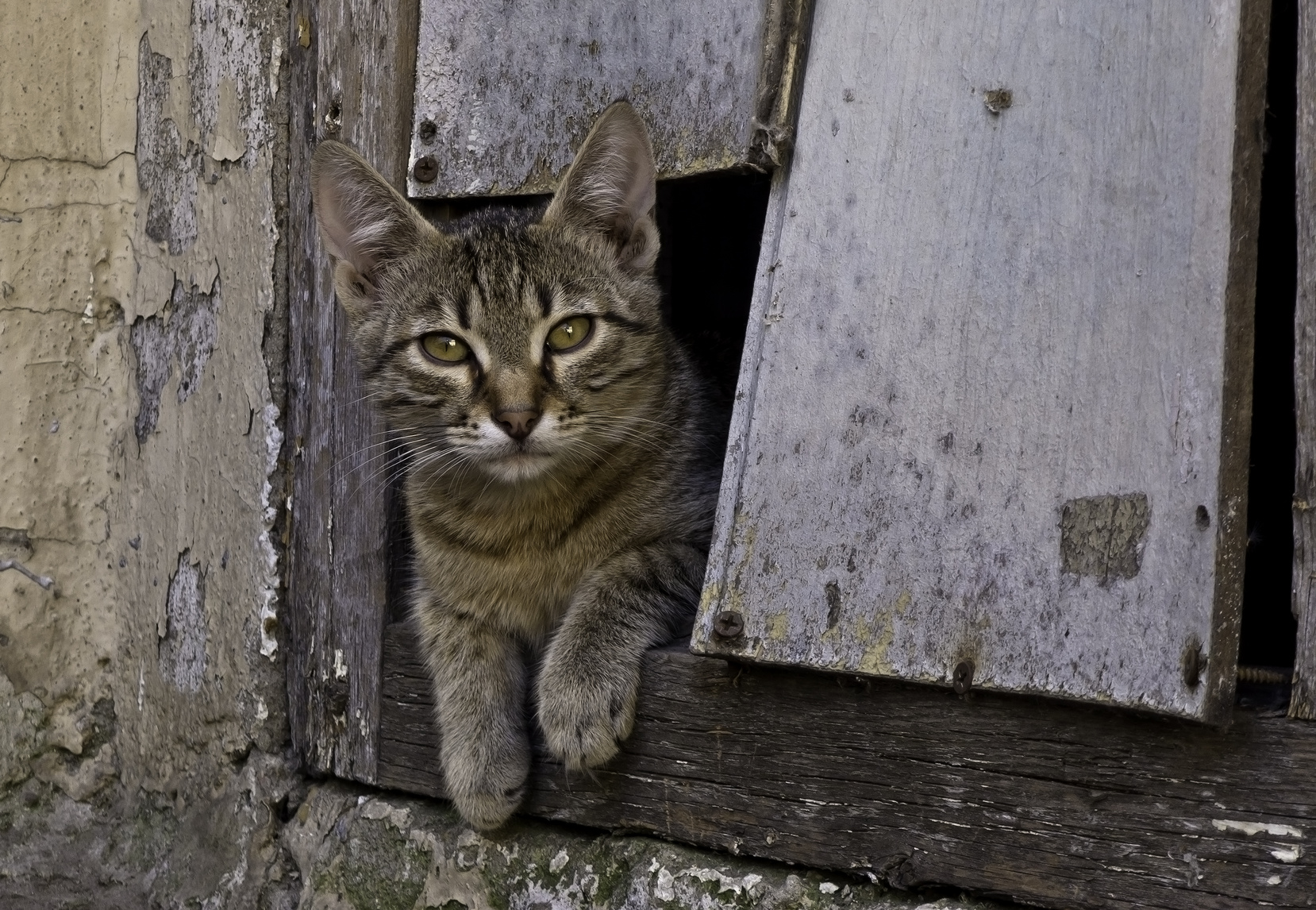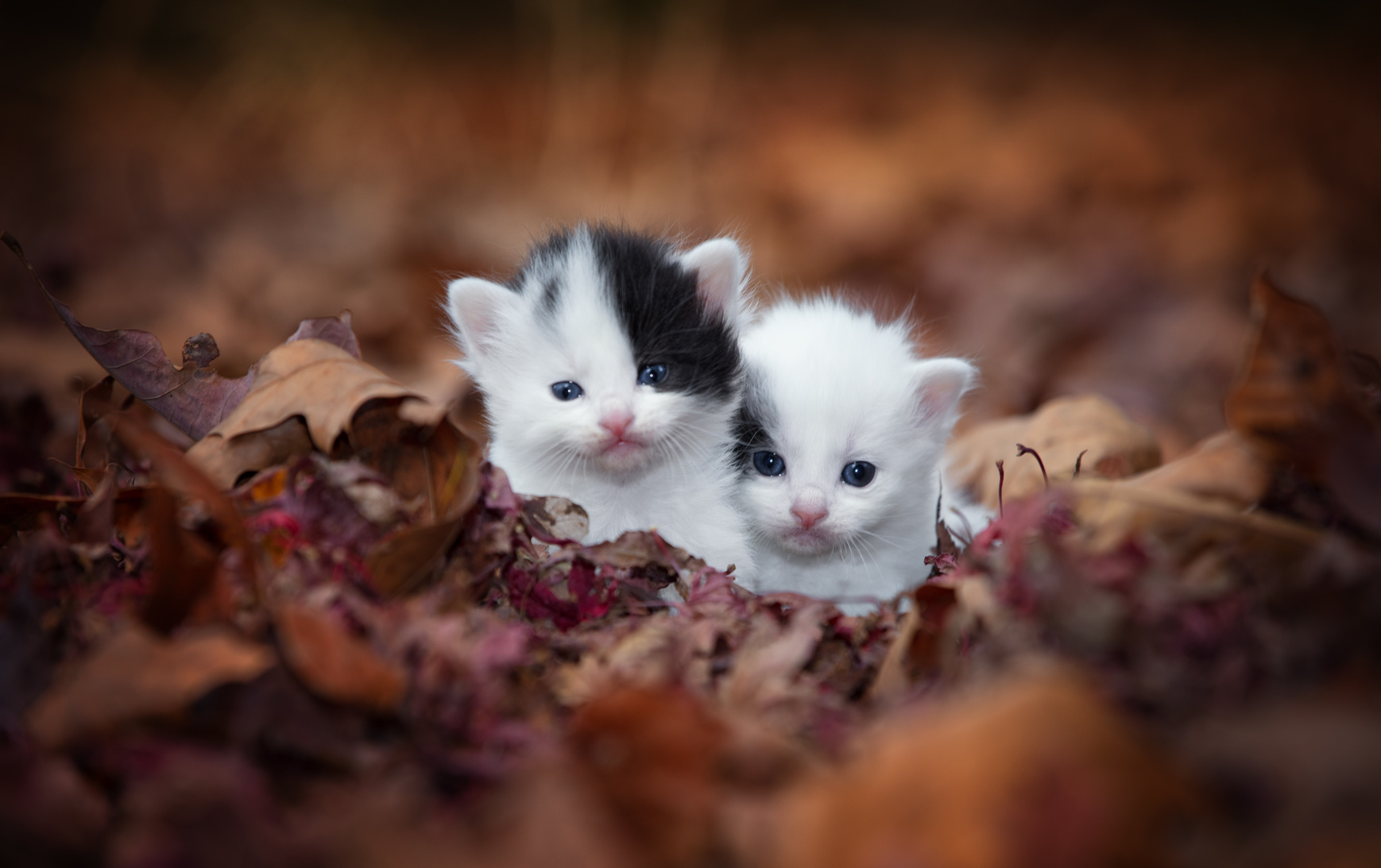Kitten Season is almost upon us in the UK as well. Some are already seeing cute little bundles of fur being born and looked after by their Mums.
Sadly some of these little darlings won't have such an easy life. They will end up either as a stray/feral or in a shelter. There they will either be adopted out or in a worst-case scenario, PTS.
It's a grim tale which unfortunately for cats and kittens spans the world over.
Kittens are often favored. That is, until either undesirable behavior strikes or they outgrow their kitten cuteness and become beautiful cats. However, this beauty is often unseen.
About Helping Pets (North-East)
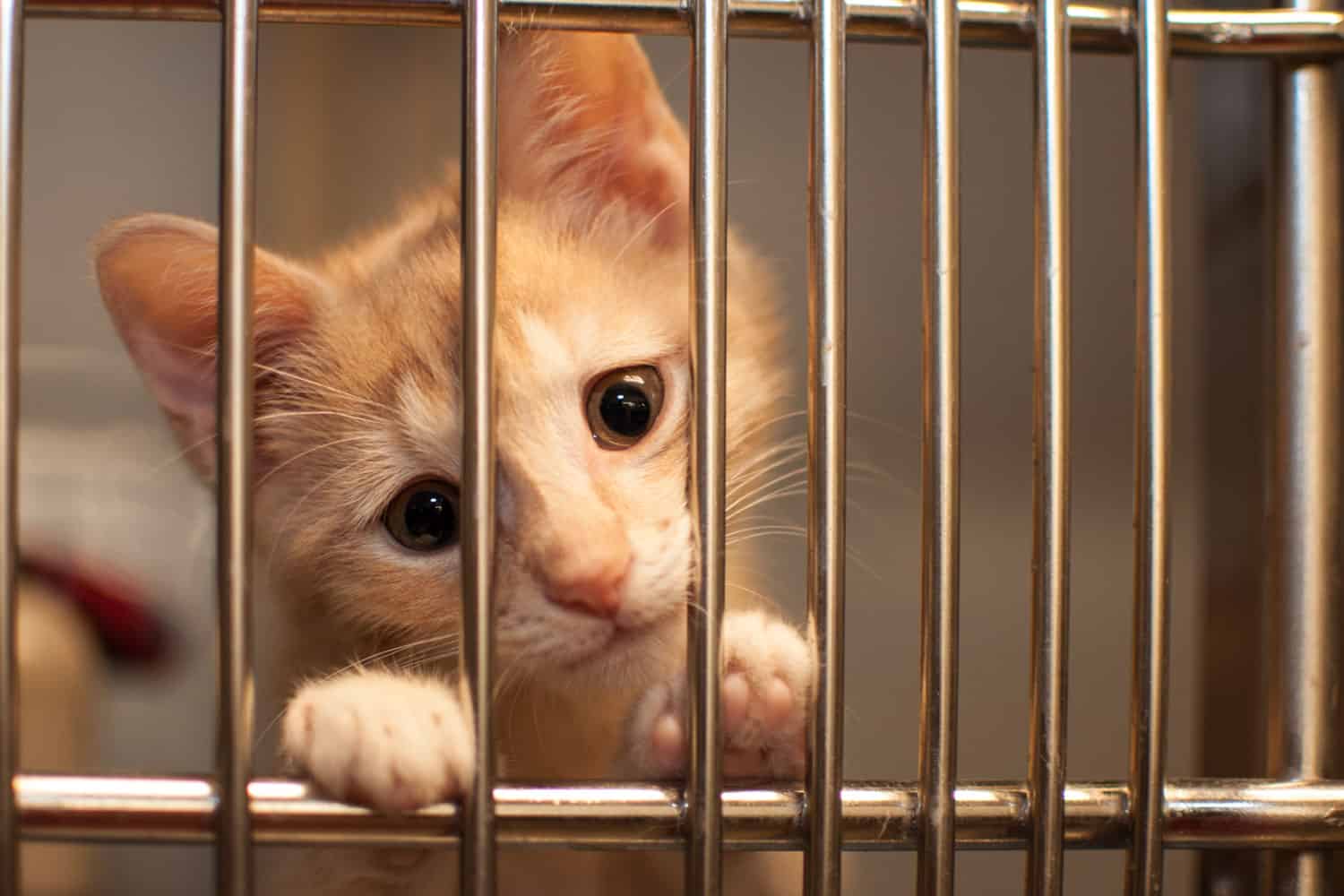
Being located in the UK myself, the number of cat-only shelters available in the area is slim. Most shelters are centered around common domestic pets.
The most common of which are cats and dogs but do not exclude small furries such as bunnies. Looking into local animal charities and rescues I came across Helping Pets (North-East).
They are an animal charity. They work exclusively with volunteers and foster homes. Their mission is to rehabilitate and rehome the animals that come into their care.
Some of these animals will remain with them in permanent foster care.
Loving and Safe Home
They do not discriminate.
They care for animals. Some may be stray or feral. Others are surrendered by owners who feel they can no longer provide care.
The whole idea is that every animal deserves a chance at happiness. And, to find a loving home or safe living environment.
Helping Pets was founded by Vicki Withers, a trained Veterinary Nurse, and a Pet Sitting business owner.
She started Helping Pets because she was often asked to rehome various pets for different reasons. She would take them in until she could find them a suitable home.
As the number of pets needing this service grew Vicki decided to set up Helping Pets (North-East) and sought out volunteers to help take the animals in.
All the pets that come into their care are assessed in a home environment so that the needs of each individual animal are matched to prospective homes that are offered.
Their personalities are monitored along with other environmental factors so that when suitable forever homes can be found, they are the best match.
SIGN UP FOR THECATSITE'S EMAIL UPDATES >
Vet Support
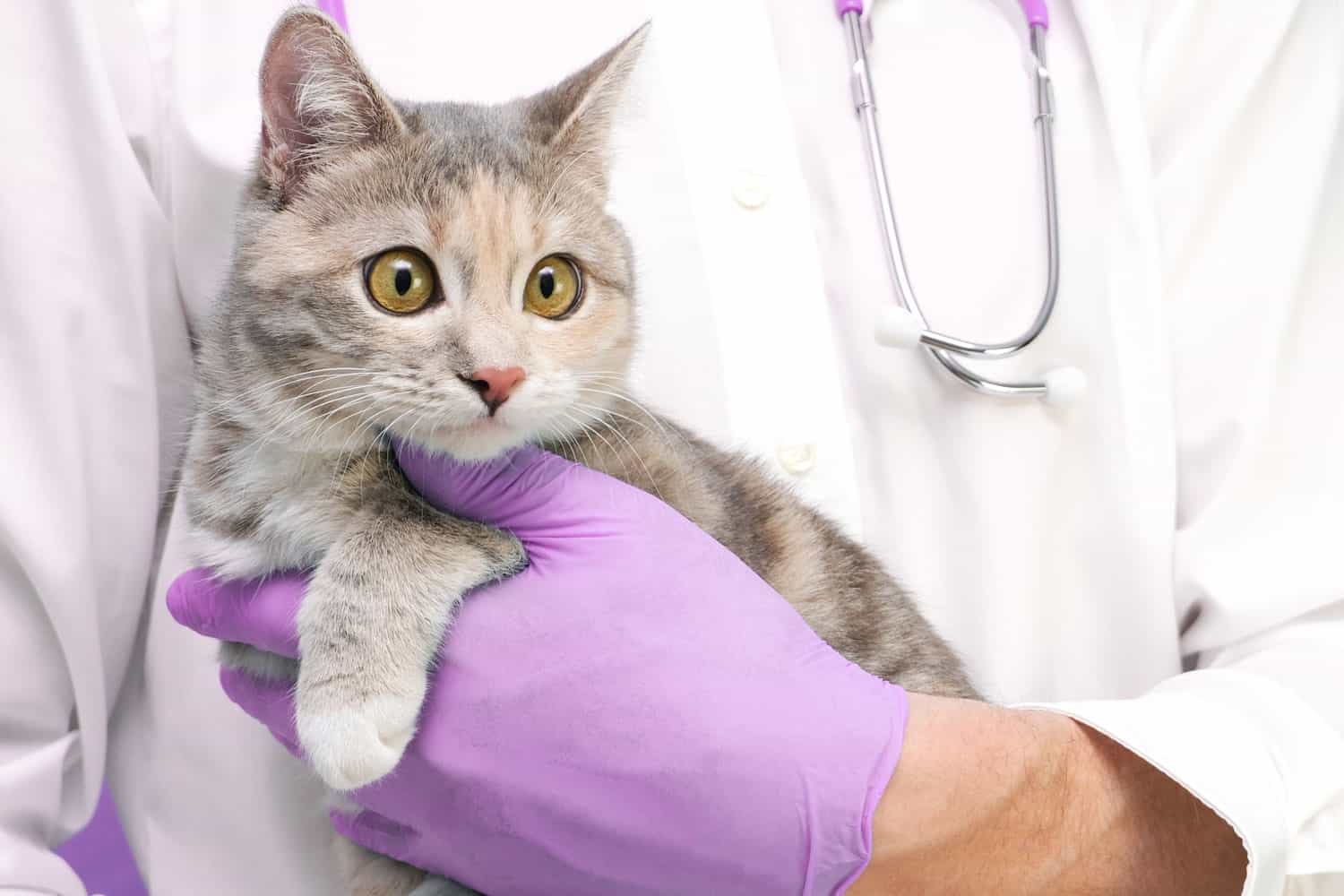
Helping Pets does not just stop at re-homing the animals within their foster care; they are also in partnership with a Veterinary clinic to ensure that the animals are provided with full veterinary care.
What each animal may need ranges from flea and worm treatment, neutering, and microchipping to the diagnosis of any illness and palliative care.
Given the number of animals taken in this equates to a substantial sum of money to be paid in vet bills each month.
Raising the Funds Needed
Pets can be costly, there are no two ways about it, and having so many animals dependent upon them is costly.
Helping Pets (North-East) raise funds by attending local events and by generous people sponsoring their permanent fosters pets.
They sometimes have local businesses and people help by donating prizes for fundraising events such as raffles.
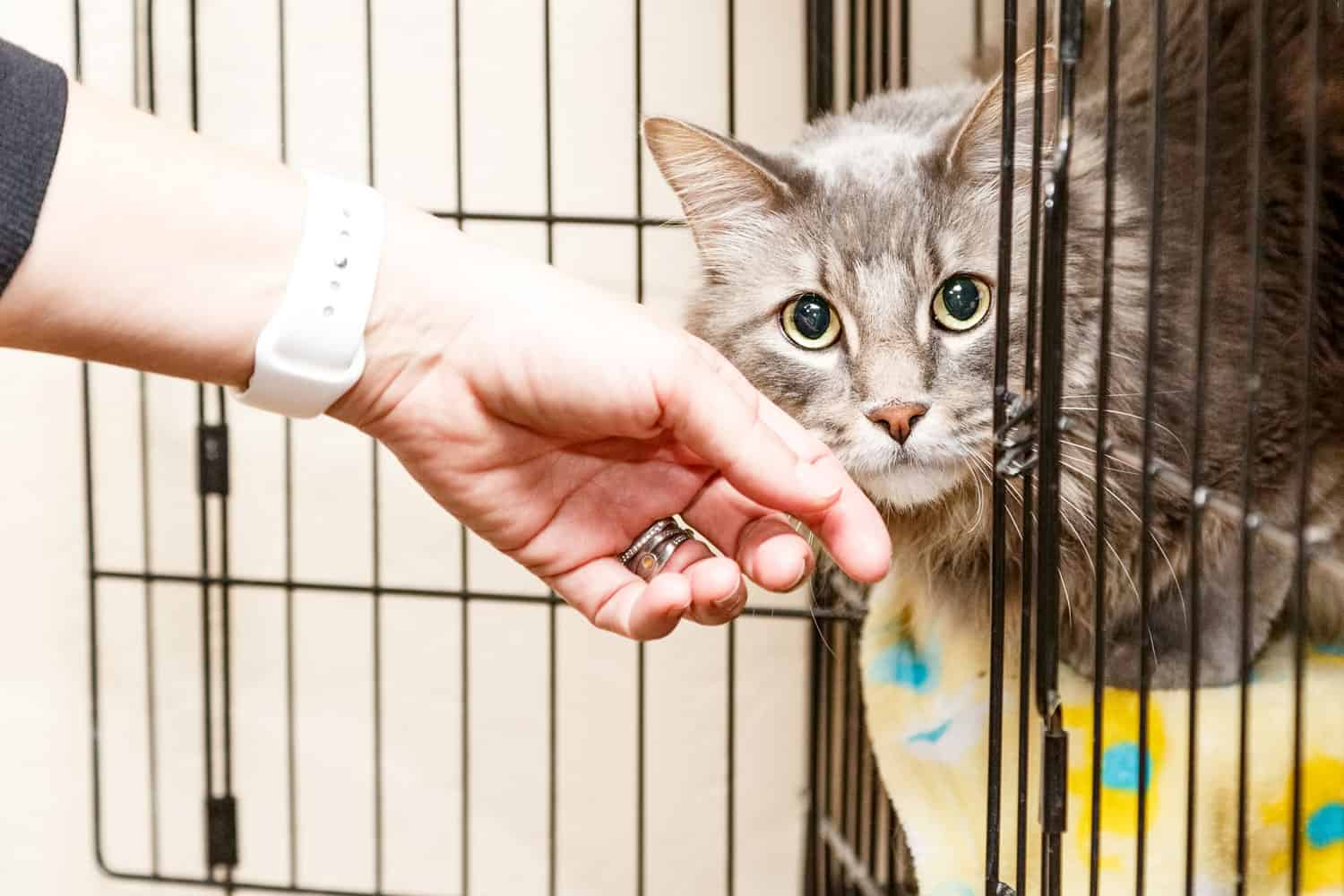
Helping Pets(North-East) receive no government or local authority funding and rely solely upon the generosity of its supporters.
Because the charity is run entirely by volunteers, all the money raised, including the adoption fees required for each animal, does indeed go towards the care of the animals.
Facing the Challenges of Overpopulation
It is a sad fact of life that even with organizations like this one doing all they can to help with the problem of stray and unwanted pets, the increase caused by irresponsible and unregulated breeding is substantial.
Despite this Helping Pets (North-East) is a no-kill organization. Animals are put to sleep only when all other avenues have been explored and there is no other alternative, and even then it is only at the time in which the animal is ready to cross the rainbow bridge and leave us.
Patsy's Heartbreaking Tale
One example of this is Patsy who went into the care of Helping Pets (North-East) as a thin and starving stray.
She was extremely thin, so much so that parts of her spine and ribs could be clearly seen and felt under her fur.
Poor Patsy was so starved and dehydrated that every time she ate she bloated out with gases, which as you can imagine, was very uncomfortable for her.
She had started to go into liver failure, walking hurt and she needed stairs to get up onto a sofa.
Patsy would have not survived many more days on the streets. Yet Helping Pets (North-East) would not give up on her and nursed her back to health even though she was an old lady of undetermined age.
They kept her in permanent foster care and it was only when she could no longer walk and had developed fluid on her lungs along with heart problems that she was eased into peace.
Feral Cat Care
In addition to their domestic work, Helping Pets (North-East) also work with the feral colonies that are reported to them, and practice TNR (Trap, Neuter and Release).
The basic principle is to trap the feral cat in a humane trap by luring it into the cage with something tasty and smelly (tuna for instance!). Once caught, the cat is taken to a veterinary clinic to be neutered and have its ear-tipped.
The ears are tipped to show that they have been neutered if they are ever caught again.
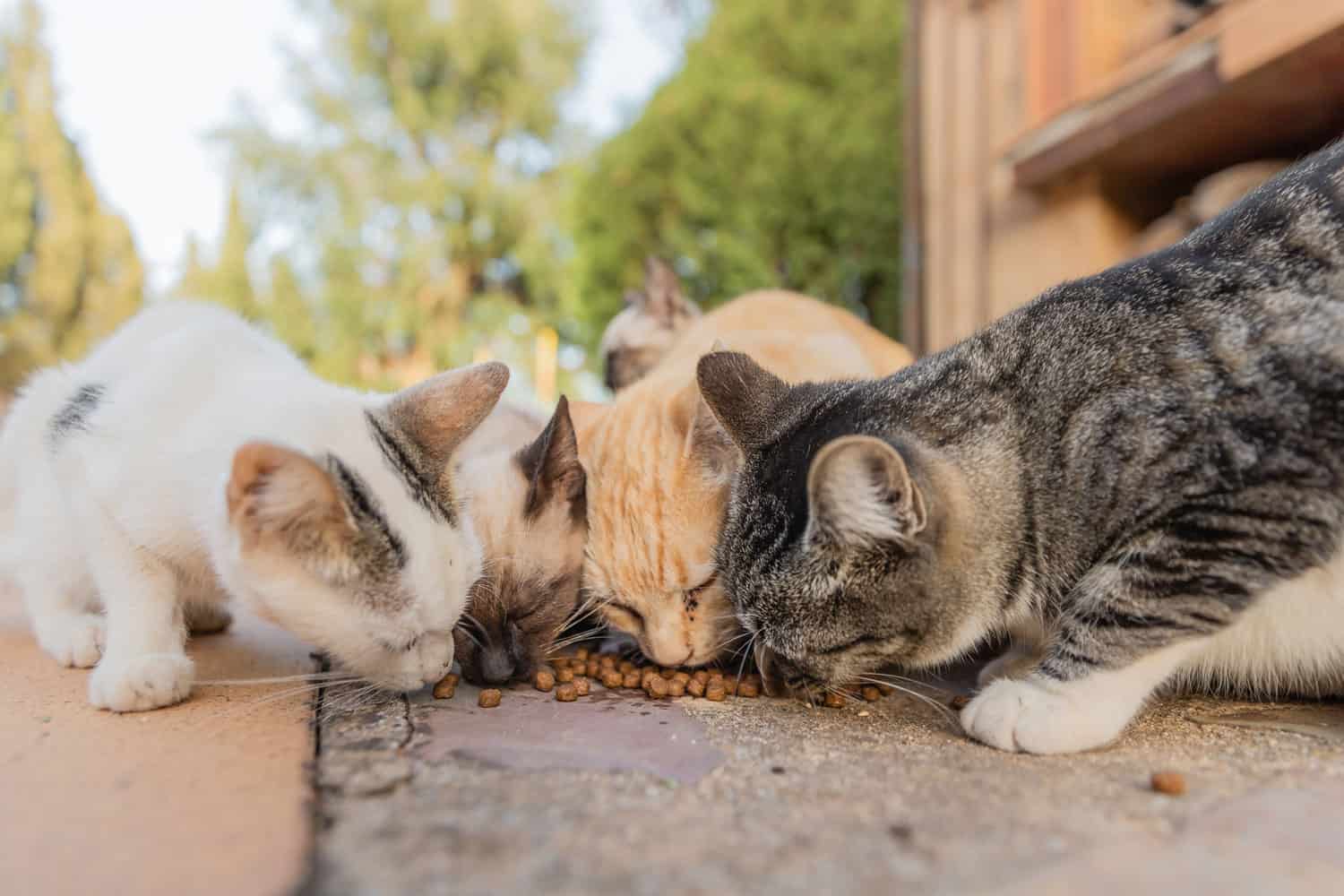
The feral then needs time to recover from the surgery and any other treatment it may have needed. Once recovery is established it is crucial that the feral is returned back to the area he/she was trapped in.
This is because it is a familiar and safe place and they will have an established hunting ground. A feral is never returned to an unsafe place. A new environment is found that will be suitable to their living needs.
But all this work with feral cats doesn't solve the problem of the ever-expanding cat population. Your pet cats also need to be neutered.
Not only does it help with over breeding, but it is beneficial to their health. And, in the case of Tomcats, reduced spraying to mark out their territory and they are also less likely to fight.
The benefit to the queens is no back-to-back pregnancies, growing one baby takes a toll never mind multiple pregnancies. One un-neutered queen can easily turn into fifty-three cats within three years.
UK Kitten Rescue Tips
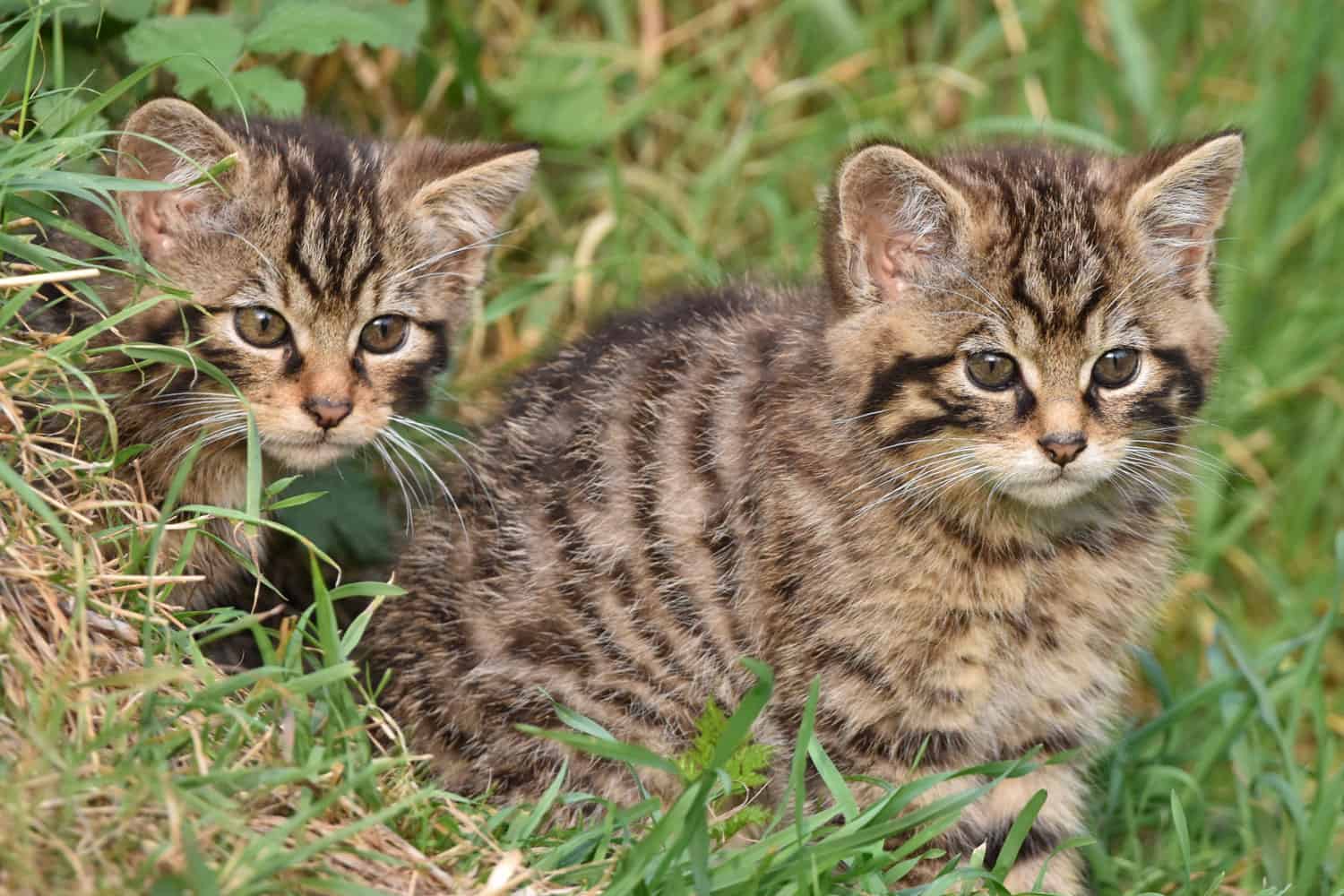
While we are on the subject of kittens if you see 'abandoned' kittens and think, “Oh my I must help these poor distressed babies who have been haplessly abandoned by a cruel and unthinking mother.”
Stop, reign in your protective instinct, and move out of sight of the kittens, but where you can still see them, preferably upwind.
Then watch and wait to see if that “unthinking mother” comes back. Chances are that your arriving scared her off and she is nearby hiding and desperate to get back to her brood.
If she comes back then get in touch with a shelter, preferably a no-kill one, and report the mother and babies so they will be able to trap them and take them in.
Once the kittens are weaned and hand-tamed they will hopefully be adopted out to nice forever homes. The mother will be spayed and released to her original environment.
How You Can Help
Helping Pets (North-East) relies heavily upon donations. The support of its volunteers is crucial. They perform a range of tasks to help.
From fetching and carrying, vet visits, fostering, and the all-important supply runs and tedious paperwork.
But without these donations of time, money, and love, the organization wouldn't be as successful. And, these pets would be on the streets fending for themselves, or in most cases in another shelter about to be PTS.
As part of their adoption services, Helping Pets (North-East) ask for an adoption fee. For their furry felines, the fee is £70. Their canine companions have a fee of £120. Their small furries come at a cost of just £35.
This may seem steep compared to sites such as “gumtree” and other online selling markets. But, don't forget these animals are coming to you, having received love, good food, and all the appropriate vet care they need!
Helping Pets (North-East) never allow an animal to leave their care un-neutered. If the animal is too young, the cost of spaying or neutering is included in the adoption fee. This procedure is done once the kitten is old enough.
Helping Pets at this time only operate in the North-East of England. For more information on Helping Pets (North-East) please visit their site Helping Pets North-East.
Other UK cat shelters can be found at CatChat.org as well as a range of resources for advice and information.
SIGN UP FOR THECATSITE'S EMAIL UPDATES >
Written by Steph Kirkland
Steph Kirkland lives in the UK. She's is a mummy to one rambunctious toddler, a meowmy to one hyper kitty, and a TCS member posting as StephieDoodle.
Note: We may get commissions for purchases made through links on this page.

